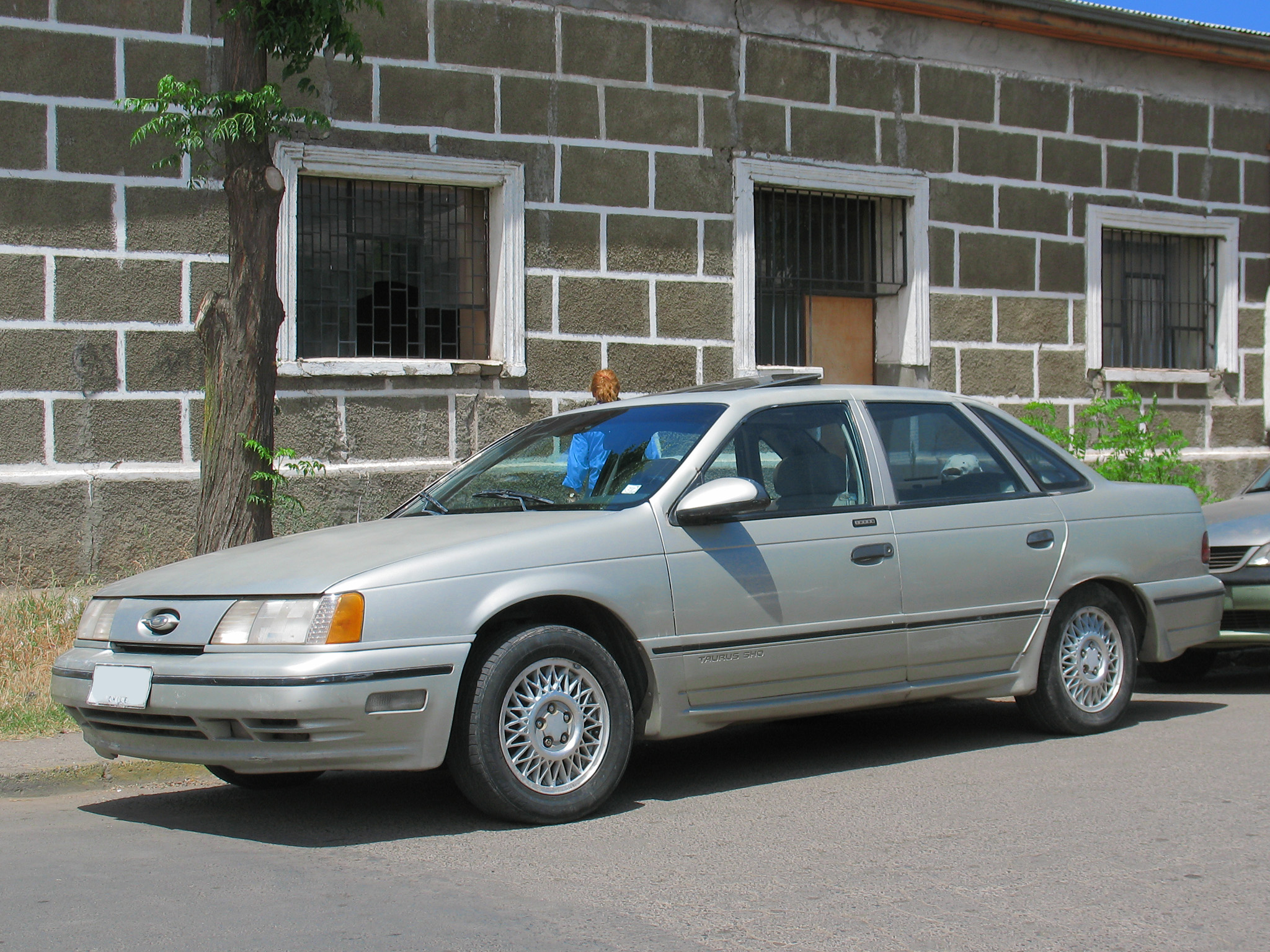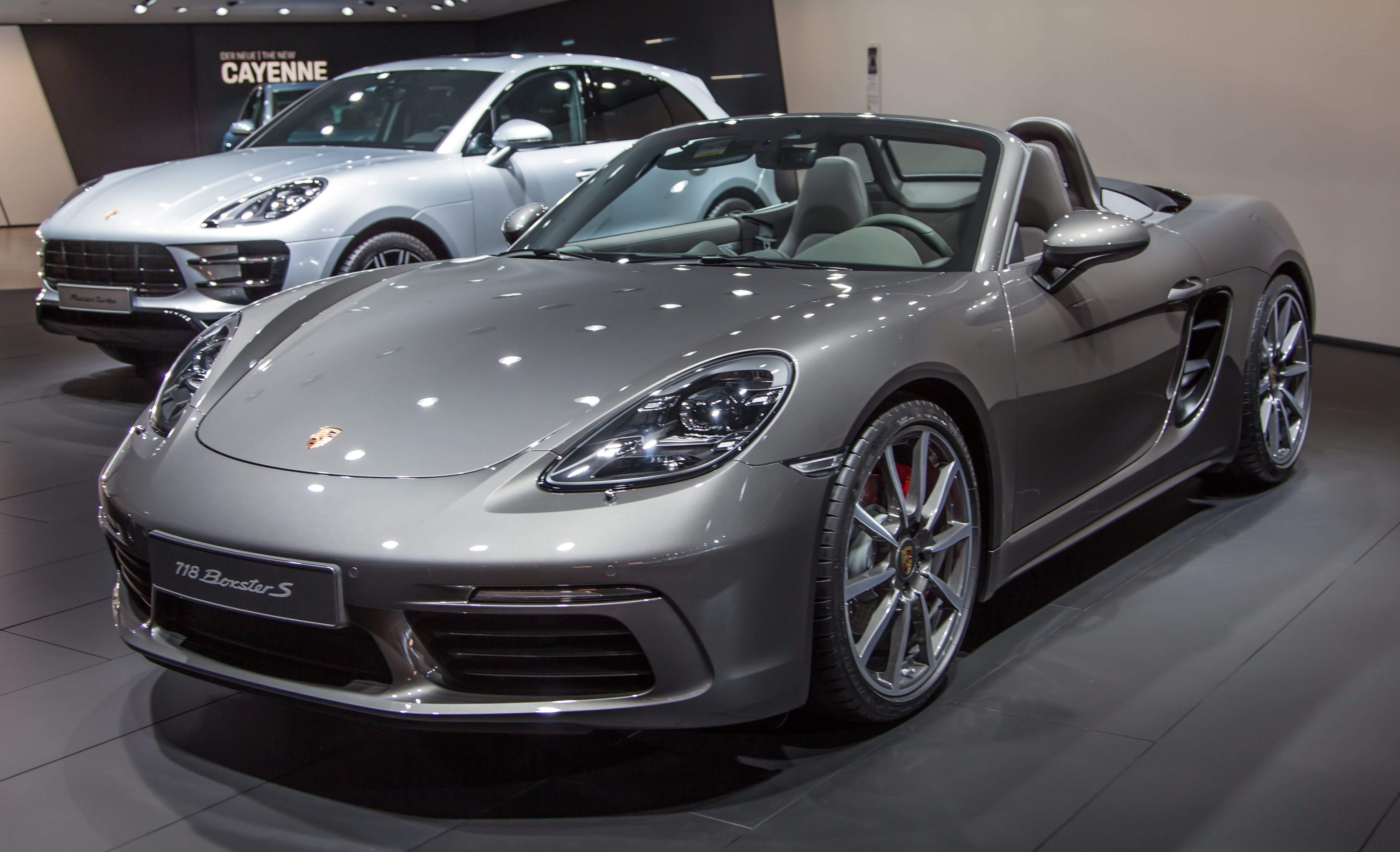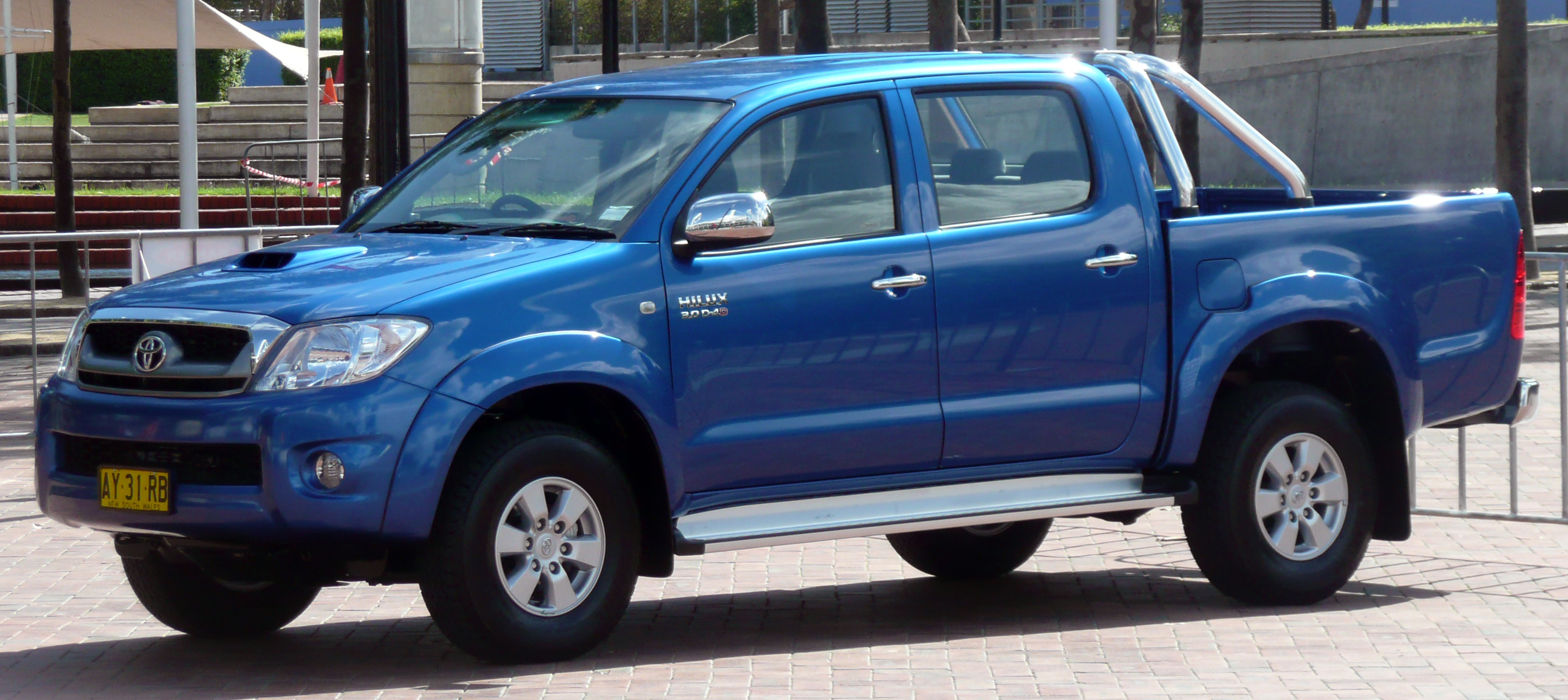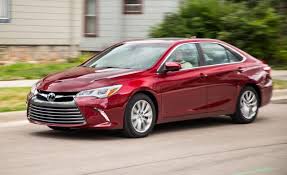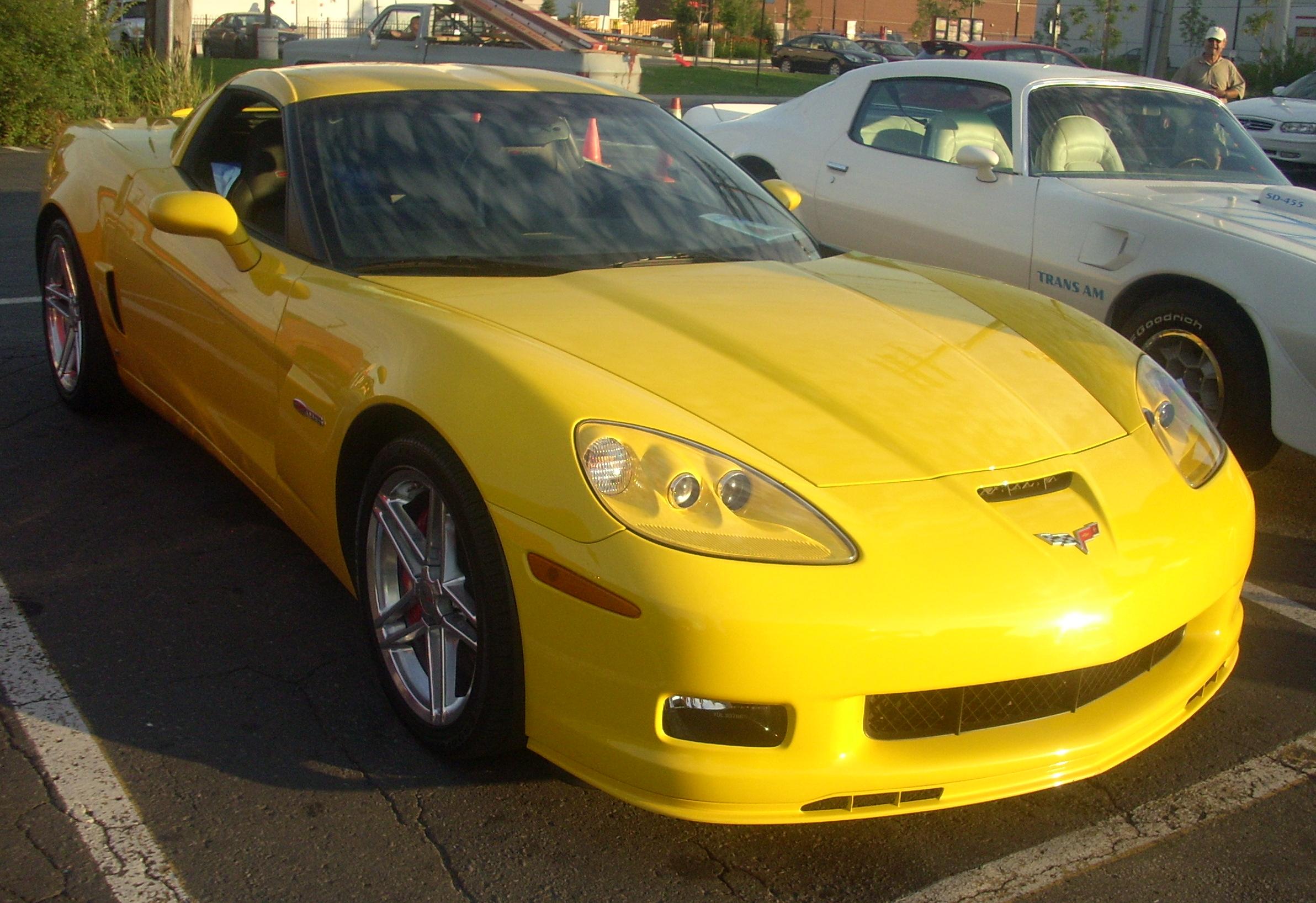Under Appreciated Vehicles of the 20th Century
The history of automobiles dates as far back as the invention of the Wheel. However, the first prototype was designed in the 17th century. 1769 is when the first automobiles powered by the steam engine came into existence. Knowledge of cars became widespread as the years advanced with more people inventing more. Francois Isaac de Rivaz came with the first automobile to use an internal combustion engine operating on fuel gas in 1807. It is from these inventors that the history of modern cars came into existence in 1886. Karl Benz, a German inventor, made a vehicle featuring wire wheels with a four-stroke apparatus built between the rearmost wheels. Notable car brands include Volkswagen (Ferdinand Porsche), Suzuki (India), and Silver Ghost (Rolls-Royce Ltd). 1954 Mercedes-Benz W196R Formula 1 remains the world’s costliest car sold on public auction.
Mercedes-Benz 190E
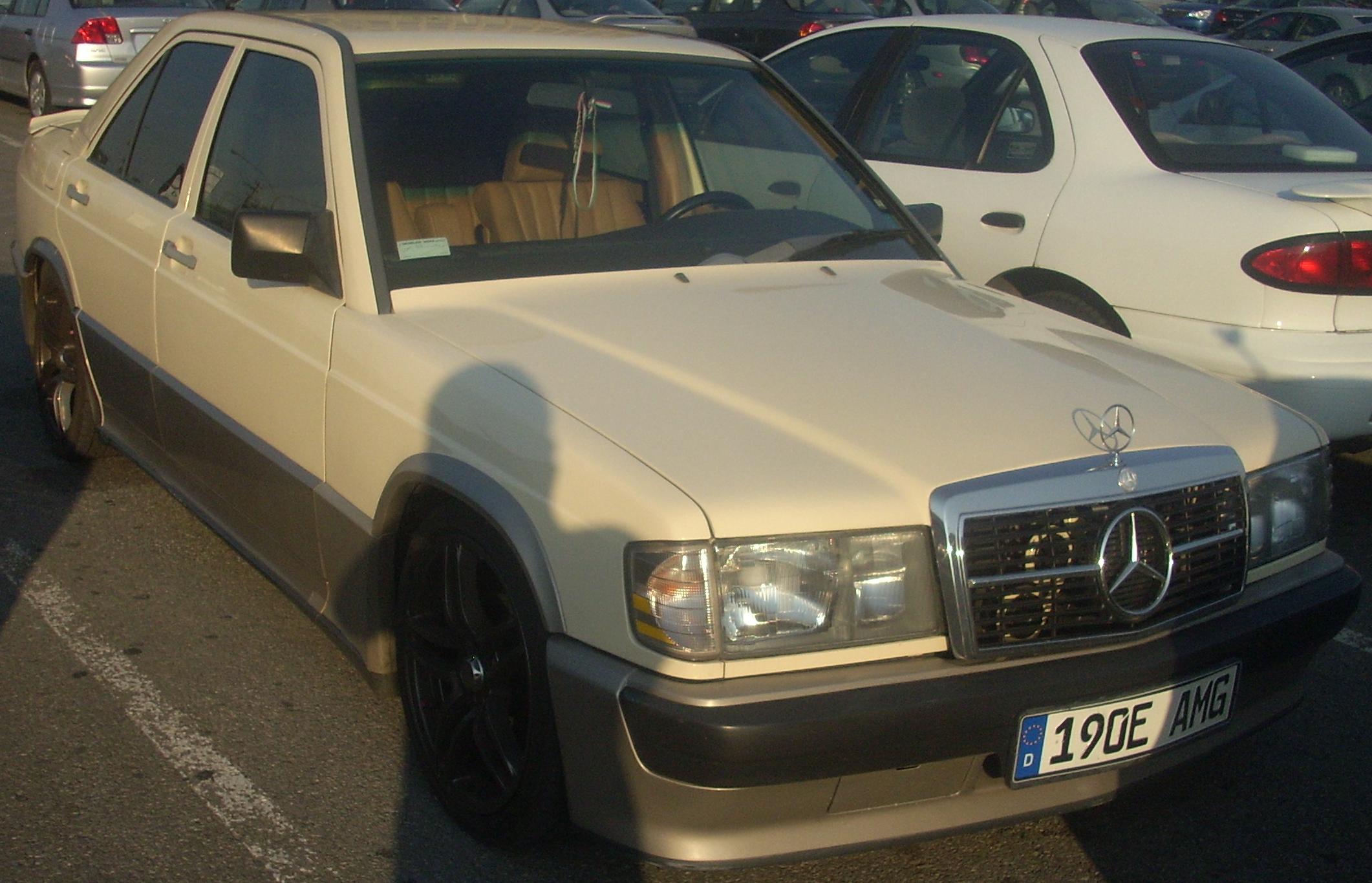
Mercedes-Benz 190E was fabricated in Bremen and Sindelfingen and presented for the first time in 1982. However, it didn’t appear predominantly innovative. This model is known and accredited as the company’s breakthrough for the development of its classy cars. The car dominates the market with its exterior and interior design and appearance to the newest model. The new linear design is ascribed to Bruno Sacco. The 190E falls in the company’s initial models known as the W 201 series and marks its achievement and role models. The Mercedes-Benz 190E provided the foundation for the C-Class generations. The Mercedes-Benz 190E possesses a fresh chassis design with a multi-link liberated hindmost suspension.
Its rear axle design is built lighter and more compact, while the front axle possesses shock-absorber rods positioned by discrete trilateral wishbones and anti-dive regulator. These features have improved the car’s steering accuracy. The 190E has made history in global long-distance top scores. These include the 1983’s Frankfurt International Motor Show and Nardo, Italy. The 190E’s final refinement was in 1991 as 190 E 2.0.
Cadillac Eldorado
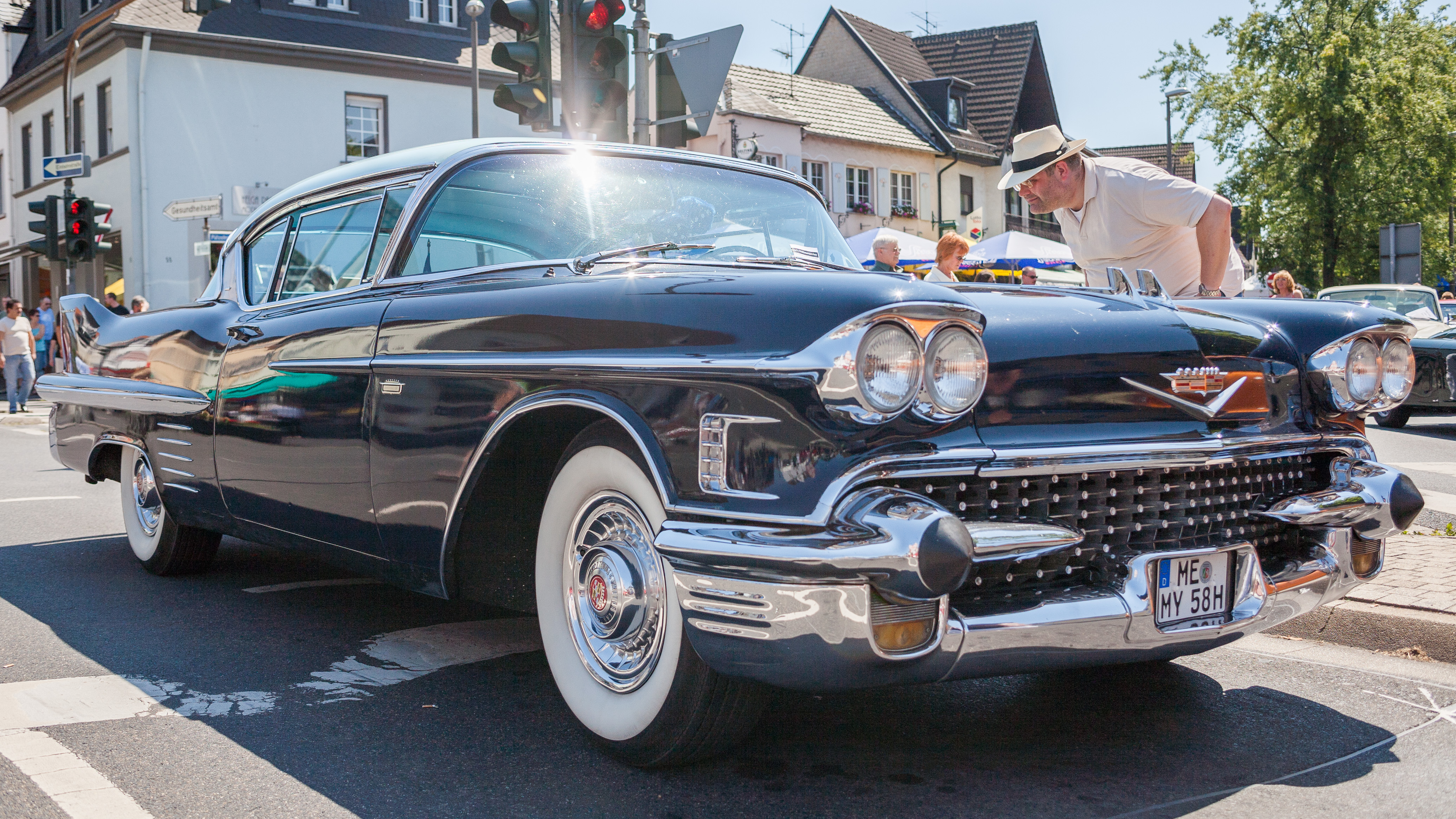
The Cadillac Eldorado is known as the American pride by many. Interior decoration featured genuine Zebrano wood and a V8 engine for a powerful drive. In 1952 during a company show - Cadillac Golden Anniversary, the name Eldorado was proposed for the car by Mary-Ann Marini. The first generation was made in 1953’s convertible Cadillac Eldorado series and was very expensive. The second generation was more stylish, built between 1954 and 1956, but less costly than the first, leading to high sales. The third generation, Eldorado Brougham 1957-1960, was assembled by Pininfarina, an Italian firm. The fourth generation's unique brand was built in 1961-1964 with the Fleetwood body, which was the company’s first on a convertible. Then came the fifth-generation 1965-1966 known as Cadillac Fleetwood Eldorado. In 1967-1968, a more luxurious Cadillac with a V8 engine was built with a significant redesign by Bill Mitchell (styling chief). The seventh-generation came in 1971-1978 - Eldorado Biarritz branded the last American convertible. Eighth generation 1975-1985 was slim and trimmed, consisting of advanced fuel efficiency and options. 1986-1991 came to the eighth generation and the tenth in 1992-2002 known as Northstar V8.
Ford Torino
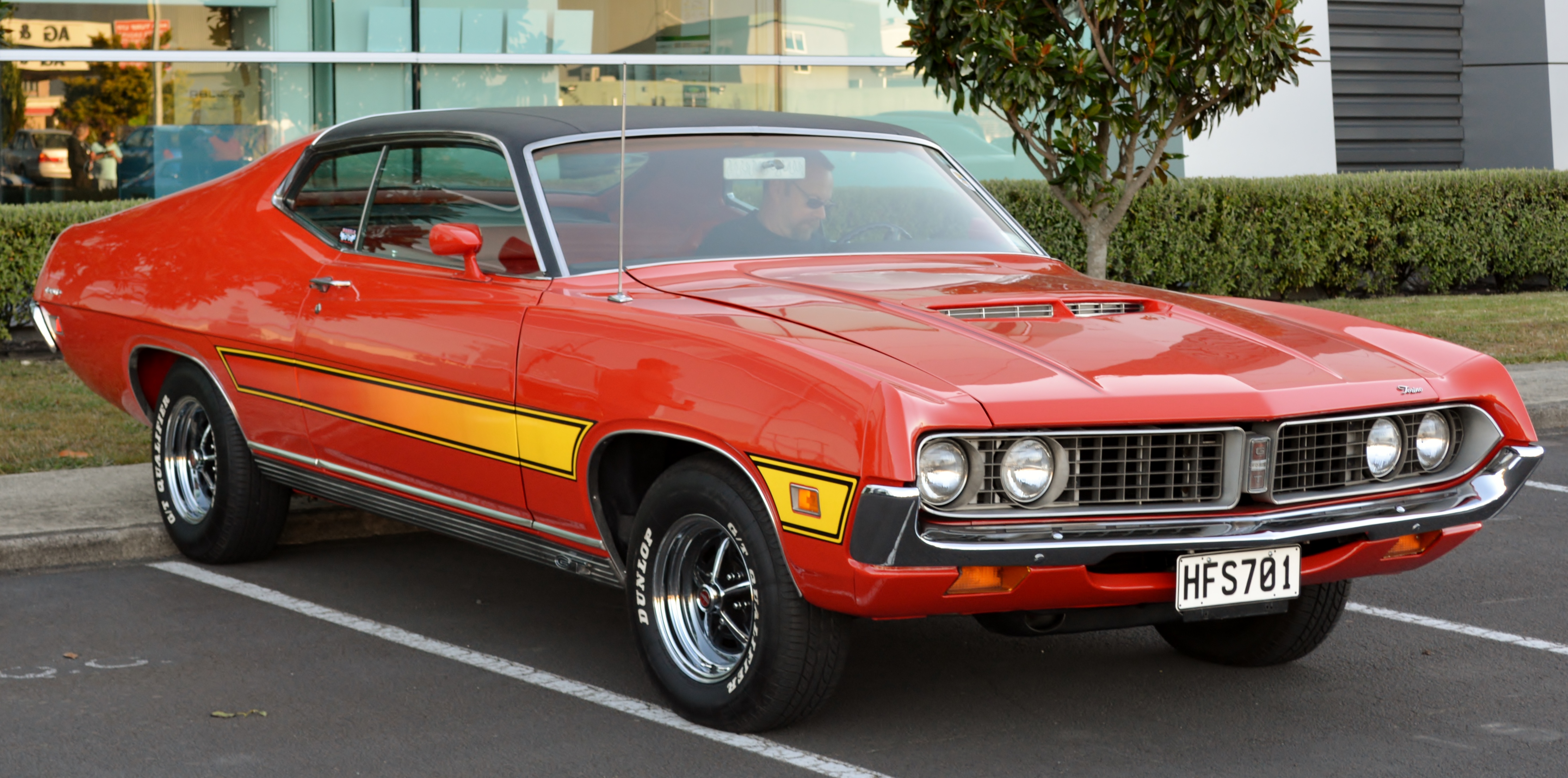
Ford Torino is the make of the earliest automobile company, Ford. The car is named after an Italy’s city with a reputation - Turin. The automobile was branded as the company's modern, bright idea. The 1968 Ford Torino Fastback was a replacement of the common Fairlane label. The features of the car included muscle and luxury with a V8 engine. Torino was presented in numerous styles, from a two-door fastback, four/four-door hardtop, two-door convertible, and station wagon. In 1969, Ford built the Fairlane Cobra, which comprised the same body lines as the Fastback. This car possessed a high recital engine and was fabricated for speed. The features included a healthy 735 cfm, floor-mounted four-speed manual transmission, twin exhaust, among others. The 1970 Torino GT fastback was a complete change-over with new body modification with entirely new appearances and style. This model was followed by a 1972 Gran Torino Fastback, which possessed a futuristic design. This Torino eliminated the convertibles as it gained popularity. From here, 1973, '74, and '75 changed with time.
Toyota Cressida
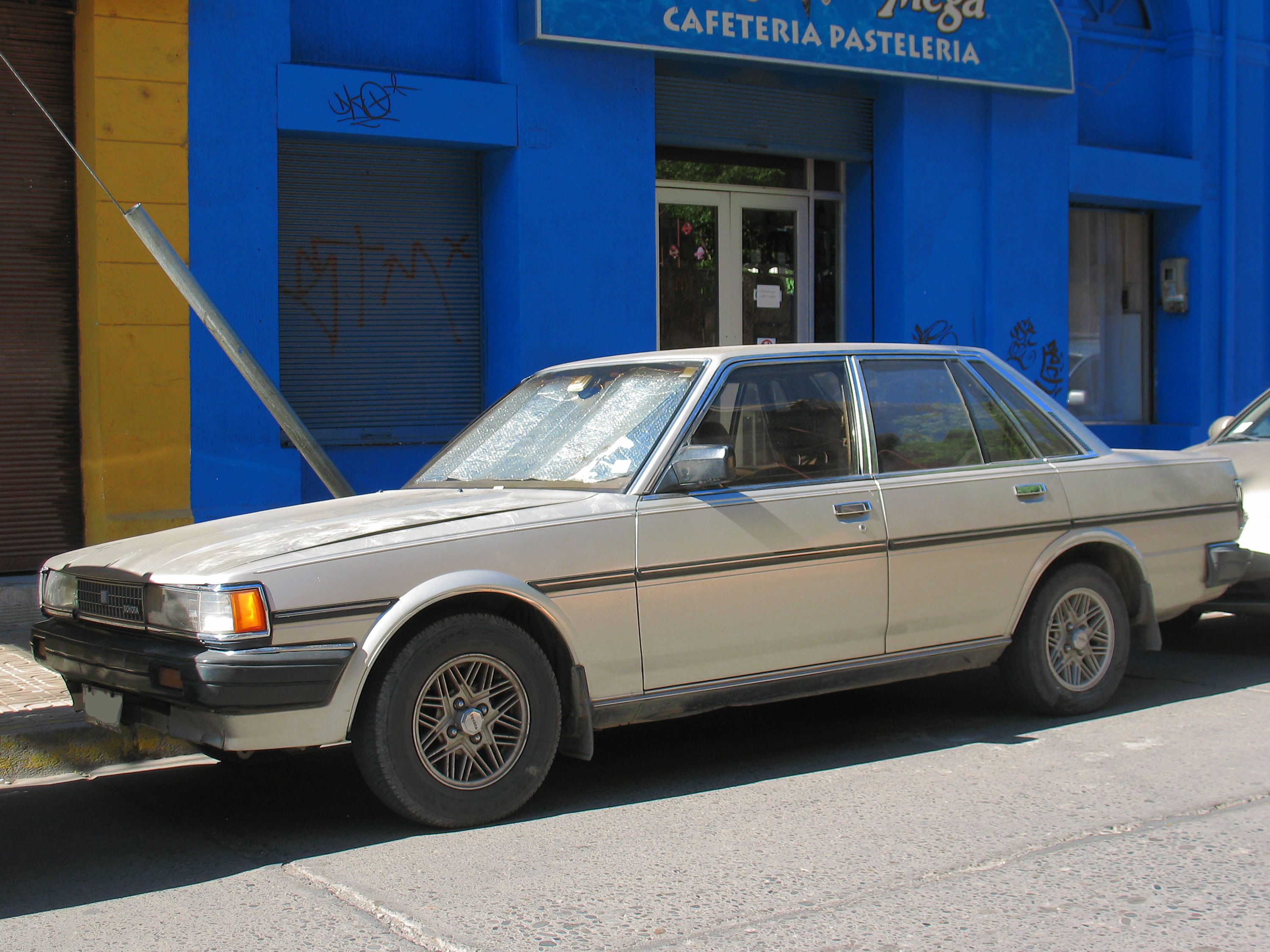
The Toyota Cressida was based on many other automobiles, including the 2000GT and the Supra. Until 1992, this Toyota brand was the leading automobile in the United States. However, its fame was wiped by the introduction of the Toyota Lexus as a luxury car. Toyota Cressida is now manufactured in Japan under the trademark Mark II. The 2000GT was produced as Toyota’s sports car in 1968 though it never succeeded in America. Its features comprised of a six-cylinder, twin-cam engine, among others. The car set 13 international records and three world records, which gained popularity and legendary. 2000GT’s engine made it possible to produce 150 horsepower propelling the car to over 220km/h top speed. The company built a Celica Supra introduced to America in 1979, an improvement of the Datsun Z-car, which became the first generation Supra known as Mark I. The second generation of a Supra came branded as the Mark II. Evolving from 1968, the Toyota Cressida under the name Mark II has changed to the modern 2004 Mark II hardtop.
Chrysler Airflow
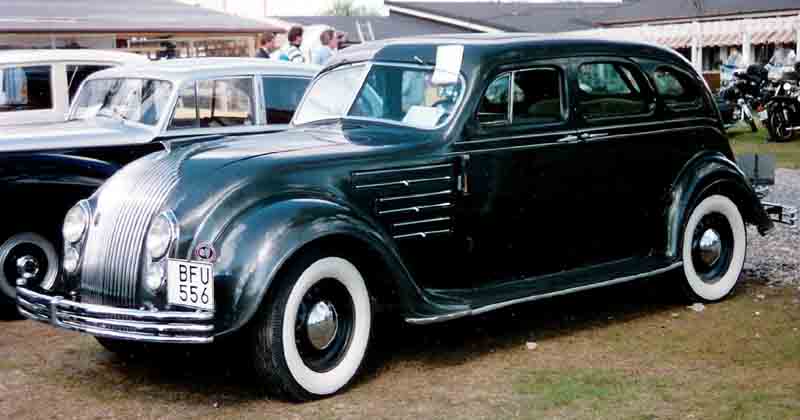
Chrysler Airflows are globally recognized as the utmost dominant automobiles of the 1930s. In 1935, the most popular Series C1 Airflow with four doors was bought by 4,617 individuals. The project was an inspiration by one of the three engineers of Walter P. Chrysler, Carl Breer. The idea was born on his mind as he watched geese flying, as stated by the corporation legend. As Breer conceived these ideas, some automobiles' capability would hit a speed of 80 or 90 per hour in miles. It was from his observation that he acknowledged the handicap modeled by wind obstruction. Walter Chrysler, having recognized the innovation, set a project of a streamlined car. The Chrysler Airflow research took place in a wind tunnel in Dayton, Ohio, under Fred Zeder, Breer, and Owen Skelton. A car with four doors branded Triffon Special unearthed by 1932. Chrysler Airflows’ success didn’t pass the 1934-1937 design.
